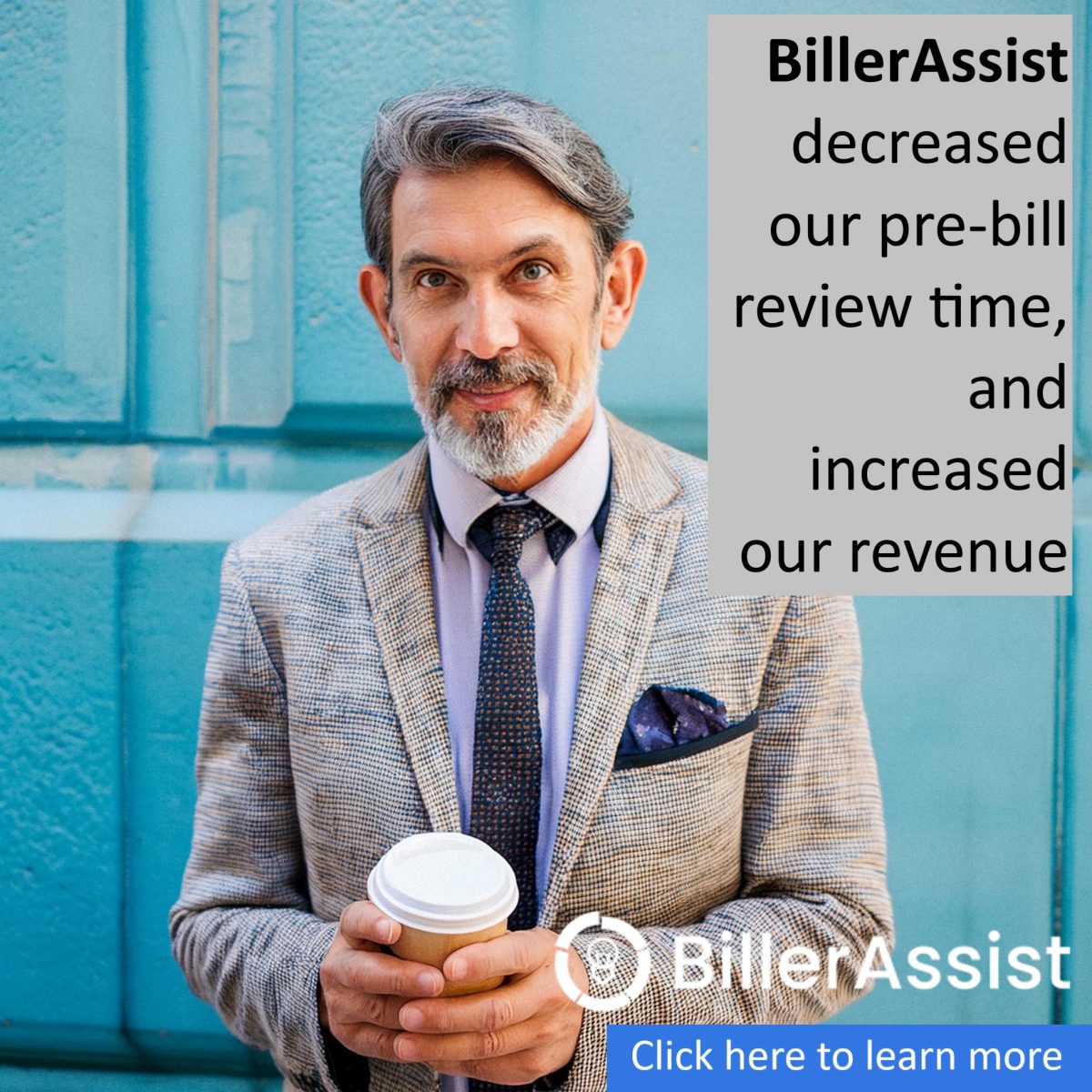Improving Realizations and Collections is More Profitable than Increasing Rates
Increased client scrutiny of legal fees has taken a significant toll on law firm profitability.
Previously, law firm realization and collection rates would often range from 90 to 95%.
However, with the economic turmoil, realization rates have fallen to as low as 81.1% for the largest law firms, and 83.9% for mid-sized firms, according to a recent Georgetown University Law Center and Thomson Reuters Peer Monitor study.
The trend is clear: Clients won’t pay legal fees they feel are excessive.
A recent Legal Trends Report provided by Clio supports this conclusion, stating that 31% of potential clients think that legal services are too costly, and 35% don’t believe the potential reward warrants that cost.
When slowing revenue becomes a problem, the traditional solution is to raise prices. However, when high prices are the cause of the revenue problem, a new solution must be found.
Increasingly, that solution comes in using law firm billing software to iron out inefficiencies and increase realization rates. In addition, law firms are turning to billing data that can be used to further promote revenue growth.
Resource Allocation
If raising prices isn’t the solution, how can law firms account for their decreased revenue? The answer lies in seeking out inefficiencies and correcting them.
According to a LexisNexis survey, law firms with 20 or fewer lawyers report losing 40% of their billable time to sluggish billing procedures and practices.
These inefficiencies have staggering effects when compounded. The same Legal Trends Report also found that the average attorney often can only dedicate 2.4 hours a day to billable tasks, despite working 50-hour workweeks.
When inefficiencies are the problem, automation is often the solution. With automated billing software, law firms can streamline their billing practices, improving both speed and accuracy. All the same, automated billing is still only a tool. It is the way it is implemented that will make a difference.
Reasonable Fees
One of the primary reasons clients reject or reduce a bill is because they believe it is excessive. The first thing a law firm can do to ensure payment is to make sure the client doesn’t have a point.
Law firms can do this by ensuring their billing is reasonable. This isn’t just a way to improve law firm profits, it is a practice that is mandated in most states by the Rules of Professional Conduct.
At a certain point, it comes down to math. As billing rates have risen, collection rates have fallen. The recent studies show they are down almost 10%. Billing more is clearly not a viable option.
In fact, clients are more likely to pay bills they believe are reasonable. A smaller bill that gets paid is more valuable than a larger bill that gets disputed.
Billing Best Practices
With the recent improvements in billing software, law firms also obtain increased transparency and standardization in their billing practices. With more transparent billing practices, theoretically, clients will have fewer legitimate points of contention.
The American Bar Association offers some timekeeping best practices. For example, the ABA recommends making sure invoices are detailed so the client knows exactly what they are paying for. This means avoid block billing and generalizations. The ABA also suggests that law firms should not let time tracking and entry fall by the wayside.
Lawyers should find efficient ways to regularly track and enter their time, and stick to the procedures. If you miss an entry, you are costing yourself money—be thorough.
In addition, the ABA recommends consolidating your billing efforts. If you are trying to track time across multiple systems or platforms, it’s much harder to keep things straight than it would be in one dedicated system.
Interpreting Analytics
Billing practices don’t just produce bills; they also produce data.
As practice management platform Clio recently noted, that data can be used to contextualize past business decisions and inform the decisions of the future. It’s difficult to aggregate this data when billing practices are inefficient and billing entries are not standardized.
Automated billing applications are designed to display data in an easily decipherable manner to show trends, inconsistencies, and ideally also correlations and causality. This wealth of information can be used to drive staffing decisions, allocation of resources, problem areas that can be addressed, and successful practices that can be expanded.
This isn’t just speculative.
“More firms will be using analytics to predict trends and measure practice development by applying advanced analytical tools to their own billing and financial information,” according to a recent Industry Outlook prepared by Major, Lindsey & Africa.
Applied correctly, previous data can forecast the requirements of similar matters in the future. This gives law firms the opportunity to provide clients with more accurate estimates of what a legal matter will entail. More accurate estimates mean fewer surprises and lessen the appearance of impropriety.
Conclusion
Automated solutions have arrived to ease the time burden of timekeeping while providing clients with clearer, more accurate invoices. Simply charging more for services has been shown to be ineffective. The true goal should be to increase realization and collection rates through reasonable and transparent billing.




